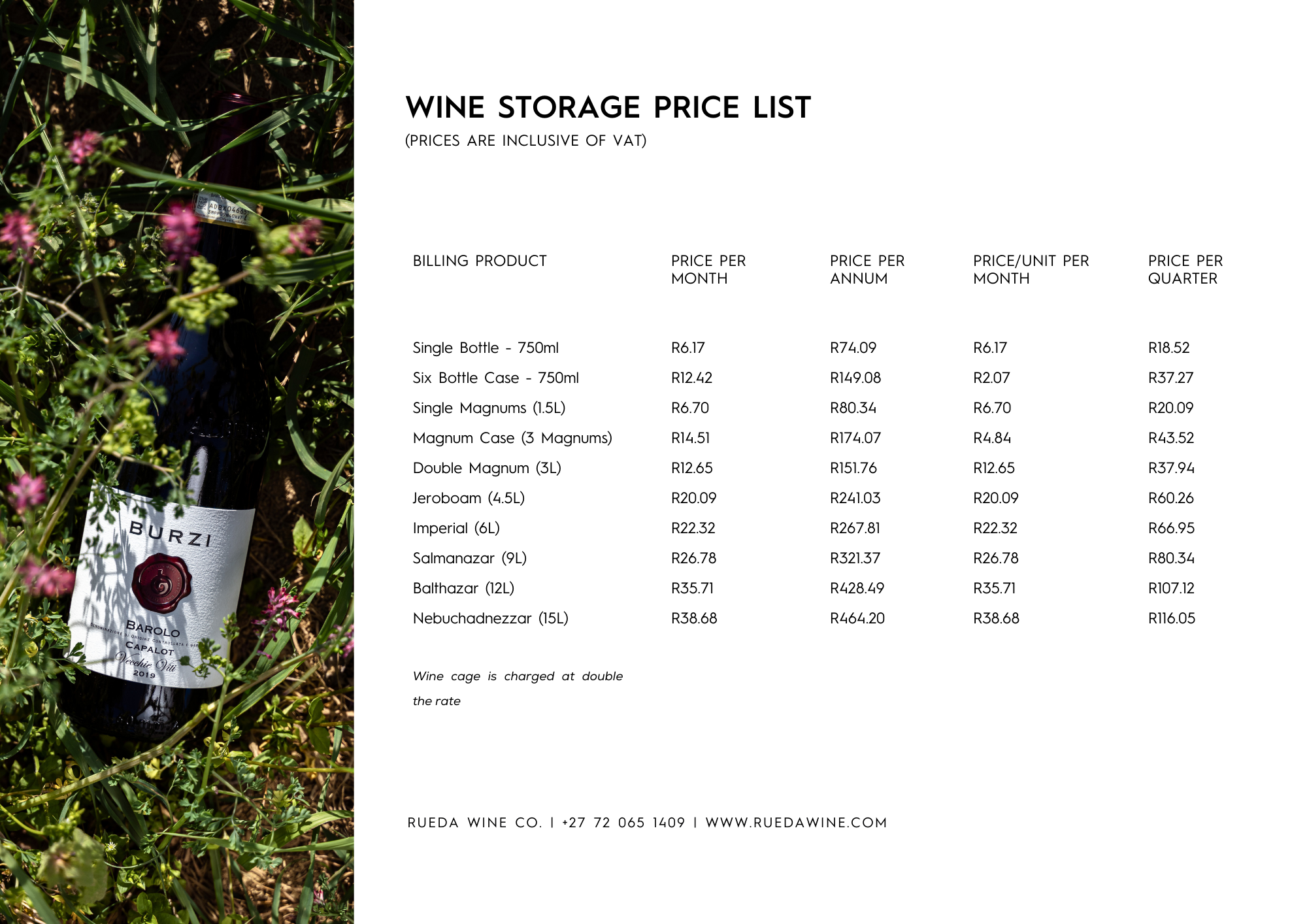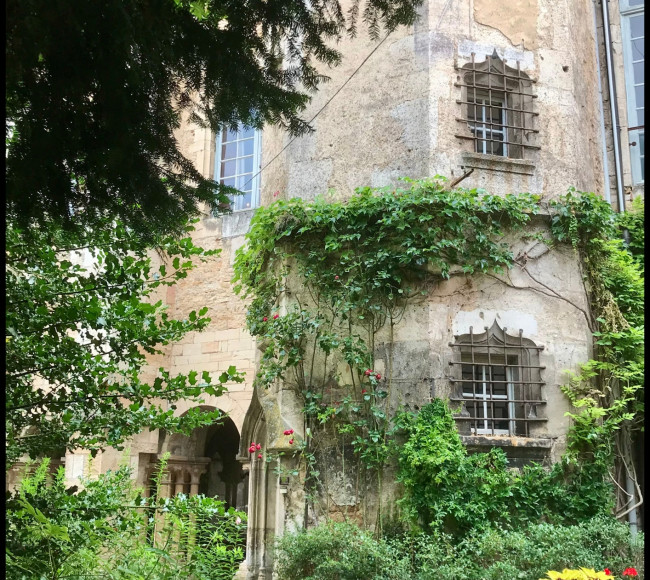
Please enjoy Rueda Wine Co.’s take on the 2021 vintage in Burgundy, with our Burgundy Vintage Report 2021.
Overall
2021 in Burgundy was a year of seemingly endless challenges – frost, rain and a miniscule crop. However, there are some incredible wines. A break from the preceding solar vintages of 2020, 2019 and 2018. An embrace of a somewhat special, lunar vintage.
The string of bad-luck calamities began with decimating frost in April, affecting particularly chardonnay. Followed by regular rain, hail, downy and powdery mildew and finally, late-season rain, causing some botrytis. If not for the warm and dry spell in mid-August to September, grapes would have almost certainly not ripened.
During my visit to Burgundy in February 2023, tasting through the wines in barrel, producers seemed cautiously hesitant about the crop, whites seemed to garner more excitement than the reds, exhibiting a crystalline purity and delicacy with a clear underlying power from the extended hang-time and ripening period. Somewhat reminiscent of 2017 and 2014. The reds appeared closed, austere and delicate, with many producers worried if the wines would come around in barrel.
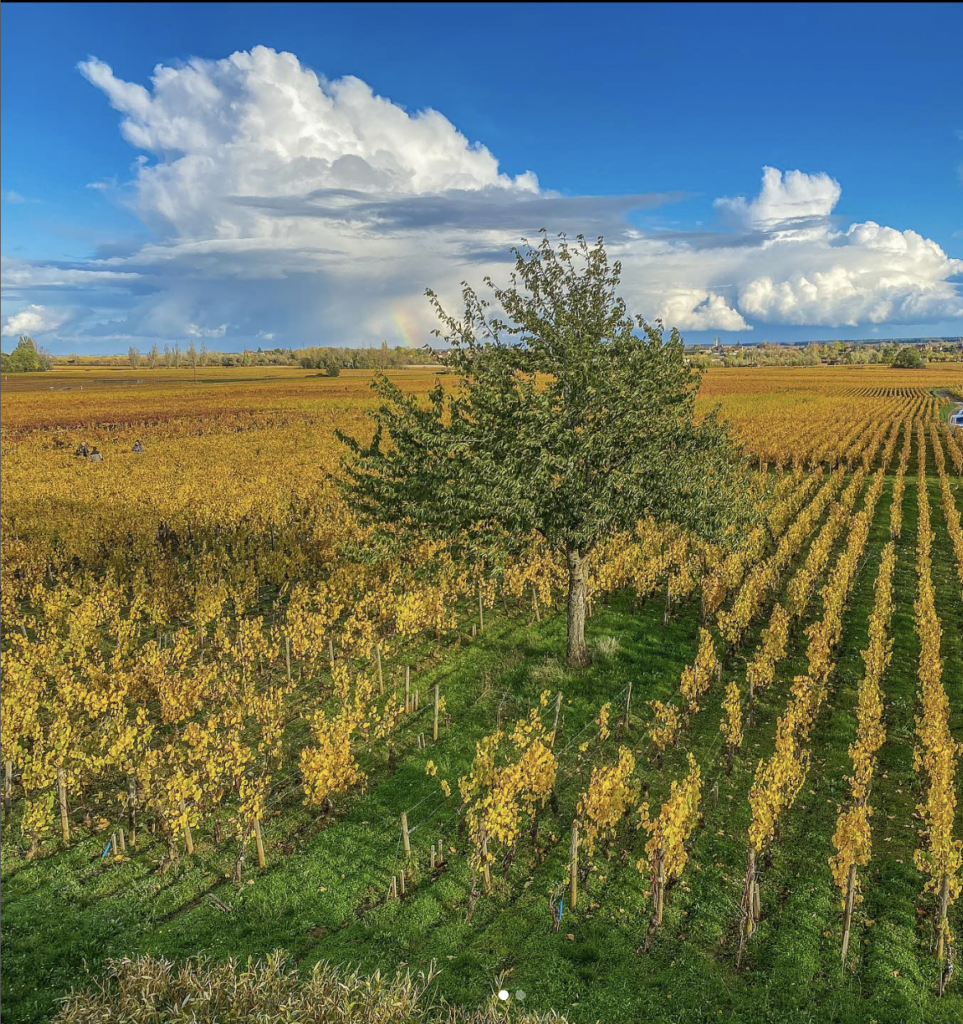
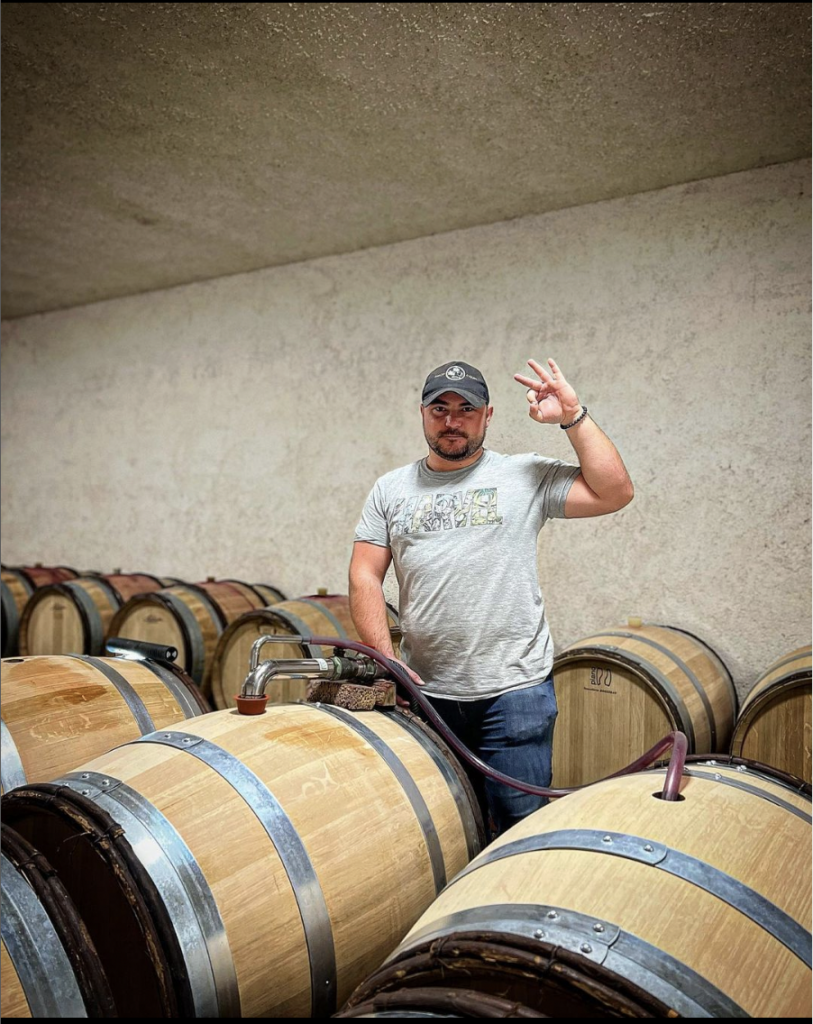
Image: Simon Colin in his new winery in Chassagne-Montrachet, Burgundy.
Chardonnay, earlier budding than Pinot Noir, suffered the brunt of the frost damage with many producers losing over 70% of their crop. However, the buds that did survive ripened evenly and well. These grapes spent an unusually long time on the vine, allowing them to ripen well and fully. Despite this, volumes are incredibly low, similar to or even worse than that of 2012. You will notice that many producers did not make many of their cuvées, there were, not enough grapes – think Domaine Vincent Dancer, blending their parcel of Chevalier-Montrachet, Meursault-Perrieres, Chassagne-Montrachet Tete de la Cuvee and Chassagne-Montrachet La Romanee to create a single barrel of wine – Oskar. What was able to survive the frost has turned out to be nothing short of magnificent.
Pinot Noir, despite being a later budding variety, still too suffered from the frost. At pressing and the beginning of their lives the wines appeared light, austere and somewhat characterless, however, an incredible transformation took place during the barrel ageing. The wines are everything a classicist may crave from great Burgundian Pinot Noir – austerity, ethereality, delicacy, minerality and a sense of fleetingness. These wines have stepped up into their own and where there were any points of doubt, have gained where they may have lacked in texture, density and weight. The great wines are nothing short of that, great.
One must, however, address the issue of demand and supply. We still sit in a situation where demand far outstrips supply, and with record high levels of inflation on dry goods, energy and labour along with a weakening Rand, prices have risen. That being said, we have seen somewhat of a stabilisation of ex. domaine prices for the 2022 vintage and potentially a slight decrease in prices for the 2023 vintage.
2021 touches on some of the high points of what great Burgundy is and stands for. The quality is high for both white and red wines and the style across the board exhibits class and elegance, without losing the power and structure. A style of wine that is becoming increasingly rare.
In the Vineyard
The defining event of 2021 was the spring frost and snow that arrived on the 6th of April and lasted for several days. Spring frost is nothing new for Burgundy, however, the unseasonably warm conditions that preceded the frost, were. This allowed the buds to start growing, and when the frost came, decimated them. Many countermeasures to the frost were employed – burning candles, wind turbines, helicopters, aspersion systems and heating cables – but, they all did little to aid against the frost and snow.
Interestingly, and, unfortunately, it was mainly the Premier and Grand Cru sights that were worst affected as they typically receive more sunlight and warmth causing them to bud slightly earlier. The cooler sights were slightly later budding and generally less affected.
The rest of April was sunny and dry during the day and often below freezing during the nights. Early May saw hail hit the northern parts of the Cote de Nuits, causing significant damage to the North Western strip of Gevrey-Chambertin. Flowering occurred mid-June, a month later than 2020. Frequent rain occurred until mid-August causing an unusually humid environment. Disease pressure was combatted by Growers spending plenty of time in the vineyards implementing combative measures such as – regular treatments to combat downy and powdery mildew, foliage management to ensure ample airflow and preventing disease spread from leaves to grapes. Interestingly, powdery and downy mildew seldom thrive in the same environmental conditions, however, 2021 continued to display its uniqueness.
The vintage was saved by the warm and dry weather from mid-August into September, helping aid ripening and lower disease pressure. However, the pain would not yet abate, a deluge of rain returned late in September, bringing with it the threat of botrytis.
Harvesting
Harvest began during the third week of September, a month later than 2020, almost all picking was complete by the end of September due to the worry of botrytis spreading after the rains.
Very careful sorting was conducted by most growers both in the vineyard and in the winery to remove diseased grapes – particularly important for Pinot Noir due to longer skin contact with juice. Some of our growers sacrificed up to 15% of their pick due to sorting, further reducing this minuscule vintage.
The grapes resembled that of vintages from a previous era, with potential alcohol levels coming in at 12% to 13% for both red and white wines. Despite the lower potential alcohol level, the grapes were fully ripe, and very tasty, evidence of the focus on quality over quantity.

Image: Pierre-Vincent Girardin busy in the vineyards in Burgundy.
In the Cellar
2021 was truly a year of the winemaker. Once the grapes came into the winery, numerous challenges arose. The best winemakers always seek to adapt their methods to the vintage and the fruit that is sown.
With lower levels of sugar ripeness, some producers decided to chaptalise their wines to increase alcohol levels. Many producers decided to extract their red wines gently to avoid extracting bitter tannins which may overpower the delicate fruit flavours, characteristic of the vintage.
Across the board, less new oak was used on the wines both for practicality and stylistic reasons. Practically, the crop was small and this would mean selling good quality second-fill barrels or keeping them full of water and sulphur for a year, neither an ideal situation. Stylistically, growers did not want to overpower the delicate red wines with too much new oak. However, some producers did continue to oak heavily according to their style. The wines that I tasted seemed to hold the oak well.
Malolactic fermentations across the board were prolonged due to high malic acid levels. This gives both white and red wines a pleasing freshness. Whole-bunch fermentation has been a point of debate for a while in Burgundy, confidence and assuredness in one’s winemaking seemed to be what won out.
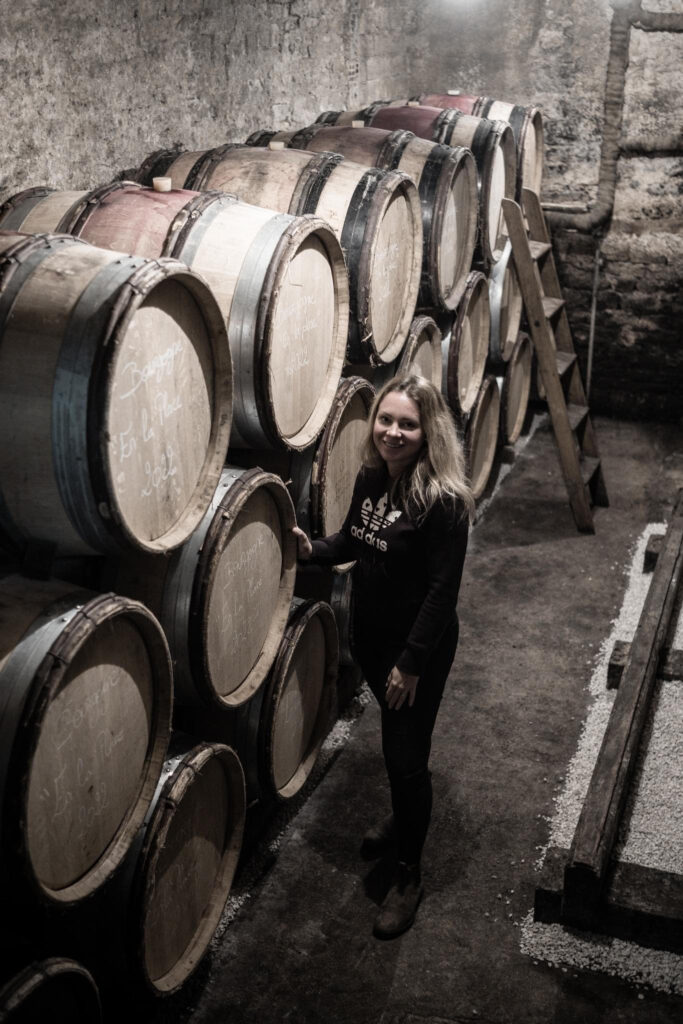
Image: Camille Thiriet in her cellar in Comblanchien, Burgundy.
Closing Remarks
Both white and red wines are superb, albeit different from proceeding vintages. The quality of the white wines met and surpassed expectations, unfortunately, there is just so little to go around, especially Premier and Grand Cru wines. The nascent vintage appears similar to that of 2017, 2014 and 2010 for the white wines.
The yields for Pinot Noir were marginally greater than that of Chardonnay, however, the surprise came in quality. The wines are classic and lovers of “old style” Burgundy will be very happy. The 2021 vintage appears reminiscent of 2007, with freshness, high acidity and pure red-fruited cores. The red wines are certainly delicate, however, they are not light or lacking density, they have gorgeous tannins and appear both age-worthy and approachable. The wines are expressive and intensely floral and perfumed.
We may look back at the 2021 vintage in a few years’ time and reminisce on what was… Could this be the last of its kind?
Please would you enjoy reading through and learning a bit more about the producers in the RWC portfolio via the links below:
- Benjamin Leroux
- Anne-Francoise Gros
- Camille Thiriet
- Clement Chicotot
- Domaine Genot-Boulanger
- Pinson Freres
- Simon Colin
- Pierre-Vincent Girardin
- Vincent Dancer
- Theo Dancer
- Roc Breïa
- Philippe Pacalet
- Les Pinots Blacks – Thomas Pico
Written and Edited By: Fernando Rueda
JOIN THE RUEDA WINE CO. COMMUNITY

